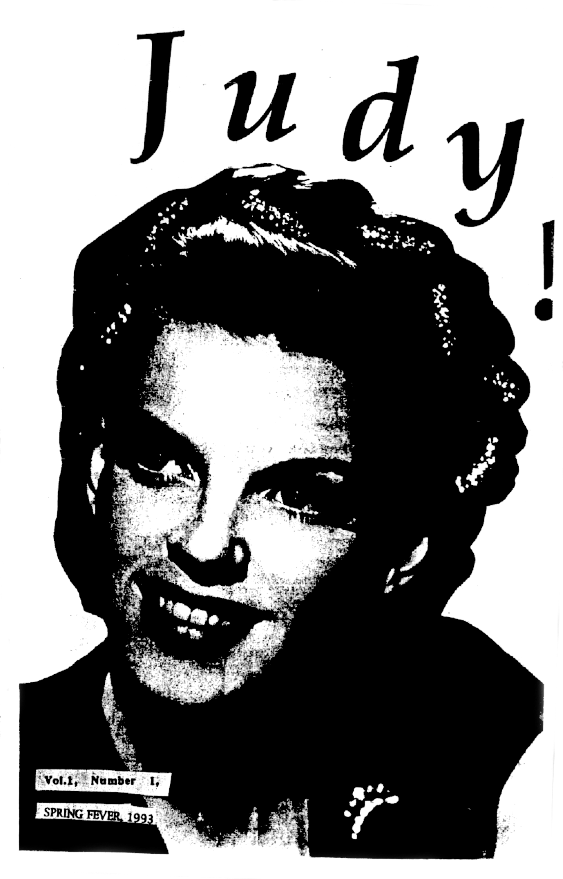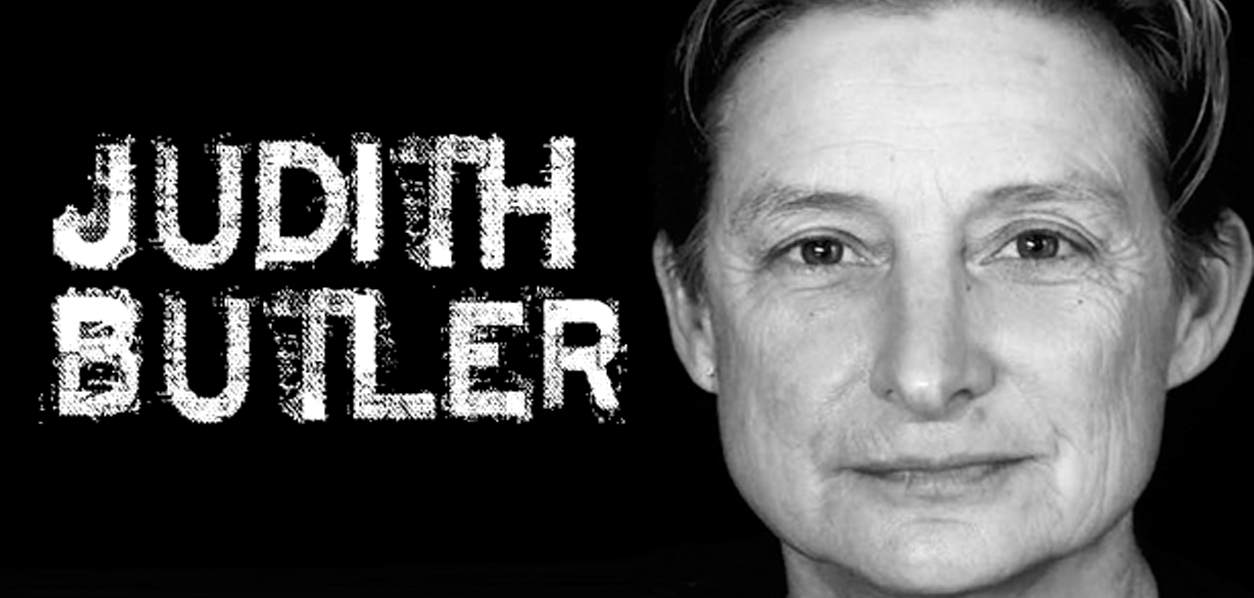
Finally, through the notion of the uncanny, this article suggests we may also attempt a queer critical reading that, following Sue-Ellen Case's theoretical encouragement, works 'at the site of ontology' rather than in a gender and identity politics hinged on representation.Drag Queen Story Hour-in which performers in drag read books to kids in libraries, schools, and bookstores-has become a cultural flashpoint. Then it moves to investigate the metaphor of 'the closet' as a materialization of heteronormative domination, as theorized by Eve Kosofsky Sedgwick, to consider its uncanny presence in the domestic space. The article focuses in particular on anxieties about ontological boundaries and their relation to gender ambivalence in light of the contemporary theoretical writings of Judith Butler and Sue-Ellen Case. The article seeks to show how we may conceptualize the queer uncanny through its confrontation of a heteronormative category of the real. It focuses on how the 'queer uncanny' may offer new ways of problematically posing notions of both ontological stability and normality, and furthermore, may work to disrupt definitions of gender and sexuality in relation to what constitutes the human. Using Freud's 1919 essay on various manifestations of the uncanny as a starting point, this article considers the relationship between the queer and the uncanny. It is, thereby, opened to a love or a justice (or an erotic justice) beyond the proclamation of Levinas that 'ethics is an optics' as well as any ethics as a mere haptics to be found in Husserl or Marion, where feeling seems always determined by the hand. The third body, as written by Cixous, can experience the self as selftaste (as considered by Derrida) and experiences the other as the taste of the other. The phenomenal experience of the other that yields either empathy (for Husserl), love/eros (for Marion), or hearing and heeding 'Thou shall not kill' (for Levinas) has much to learn from the orality of women's writing. As such, the tongue and taste not only illuminate the shortcomings of binary gender theories based on either inner feeling or outer surface anatomy (or, either interior orifices or exterior appendages), but further discover a remarkable phenomenology of the body to be found in the writings of Hélène Cixous and Monique Wittig that moves beyond certain masculine tendencies lurking about the hand and observation (as described by Freud and Butler). The tongue, rather than the hand, is reconsidered as a sense-organ of touch in order to salvage the all but lost tang of the tangible. Yet the sense of taste seems to be as applicable, if not more so, to the phenomenal experience of selfhood based on feeling as theorized by Edmund Husserl and Jean-Luc Marion.

An investigation of the roles of these prestigious senses, along with the resultant privileged sense-organs of the hand and the eye, within phenomenology, psychoanalysis, and gender- or queer-theory suggests that the part of the prestige of touch will have been related to its function in the phenomenality of feeling.

"The gendered body takes a phenomenological turn in Brower’s cosmopolitan essay on oral sexuality within philosophical, feminist, and lesbian traditions." ("Editorial" by Michelle Iwen) Abstract: The 'traditional philosophical prestige' of seeing and touching, as analyzed by Emmanuel Levinas, comes to dominate the qualities of the other three senses. Is gender a visible body in society? Studying the last part of Butler’s Gender Trouble, “Bodily inscription, performative subversions”, (3, iv), I will explain her idea claiming that the body is an invisible and stigmatized space in history first of all, pointing out second of all to the fact that the visibility of a gendered body is blurry and blurred through her example of drag performances. Hontaas-Romanens 1 The question raised by this statement, that of genesis, will not create a paper arguing on what’s the form of gender genesis in a biological setting, but rather on how and why society and the individual reform the (in)visible of gender.

1 They, their: Gender inclusive pronouns will be used in this paper as an alternative to “he’’ or “she’’ to respect one’s gender pronoun of choice. In 1990, she introduced a groundbreaking vision to feminist critique theory, mainly, that gender expression can be (in)visible: “Gender is, (.) a construction that regularly conceals its genesis’’ (Butler, 190). Graded 17/20 at the ENS of Lyon The concept of gender performativity, developed by the American activist and feminist and post-structuralist philosopher Judith Butler is central in her essay Gender Trouble, Feminism and the Subversion of Identity.


 0 kommentar(er)
0 kommentar(er)
